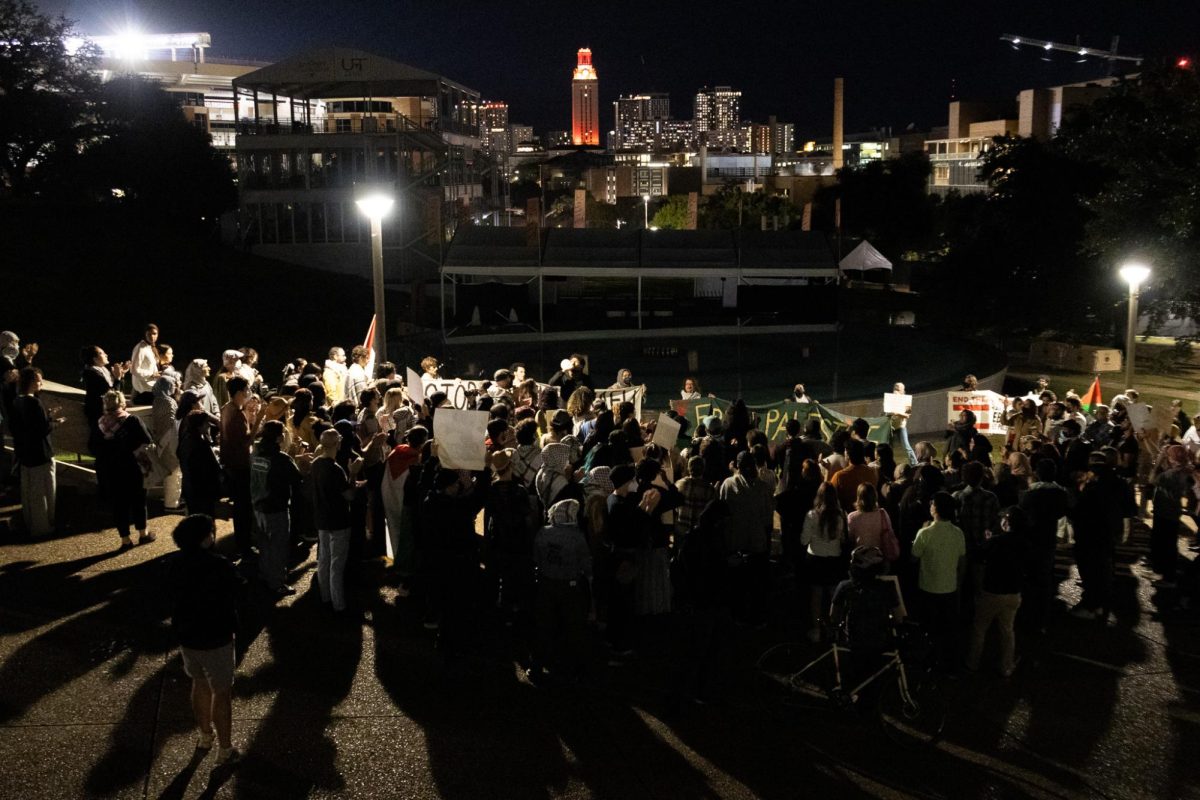Every time a student turns on a light or plugs in their laptop, they spark the University power plant, which provides energy to the nearly 20 million square feet of UT property. The plant has a budget of $60 million a year and produces three forms of energy: electricity, steam and chilled water.
Juan Ontiveros, associate vice president for Utilities and Energy Management, said the plant uses the same amount of energy today that it used in 1976, even though UT has added 9 million square feet since then.
“We’re the most efficient in the country,” Ontiveros said. “We’re the largest in the country. We’re the most efficient university. We’re the golden standard. No one matches us.”
Ontiveros said the buildings using the most energy are research buildings because they use fume hoods to get rid of toxic air from research projects. According to the Utilities Energy Portal, Welch Hall is the highest energy user of the research buildings and costs the University $3.1 million a year.
“Safety is a big issue with the research buildings,” Ontiveros said. “We want to make sure the researcher or the students doing the research are not going to be contaminated by whatever they are doing.”
Jester Dormitory uses $2.1 million worth of energy annually, the most of any student housing building. Jester also leads energy use in academic buildings, costing just under $1 million. Other buildings with high energy consumption are the Norman Hackerman Building and the Blanton Museum.
While these numbers may seem like a lot, Ontiveros said the power plant is 30 percent cheaper than using Austin Energy.
If energy prices go up, so does tuition, Ontiveros said.
“One of the things that we believe in is providing the best service we possibly can,” Ontiveros said. “If I cost more, then the campus has to pay more, and tuition will probably cost more. So by controlling my cost, I am also helping control tuition.”
Mathematics freshman David Pappachan said he knows tuition is extremely expensive and while it can be frustrating, it is nice to know there are ways it is also being reduced.
“College expenses are extremely high, but you still have to start somewhere,” Pappachan said. “I think it’s important to have a power plant on campus, especially if it cuts costs.”
Ontiveros said cutting energy and production costs is the right thing to do, not only for tuition reasons but also environmental ones. Scott Tinker, a geoscience professor who specializes in energy, said he thinks this is a step in the right direction.
“I’m thrilled with what UT is doing,” Tinker said. “It makes sense. We should continue to engage that way and I love the vision. You start thinking about it, you start improving.”
The plant is looking to continue cutting costs and energy in the future, and Ontiveros said he is always striving to do better.
“Since I can’t really compare myself against others, I compare myself against myself,” Ontiveros said. “So how am I doing year over year, day over day, against myself.”


















